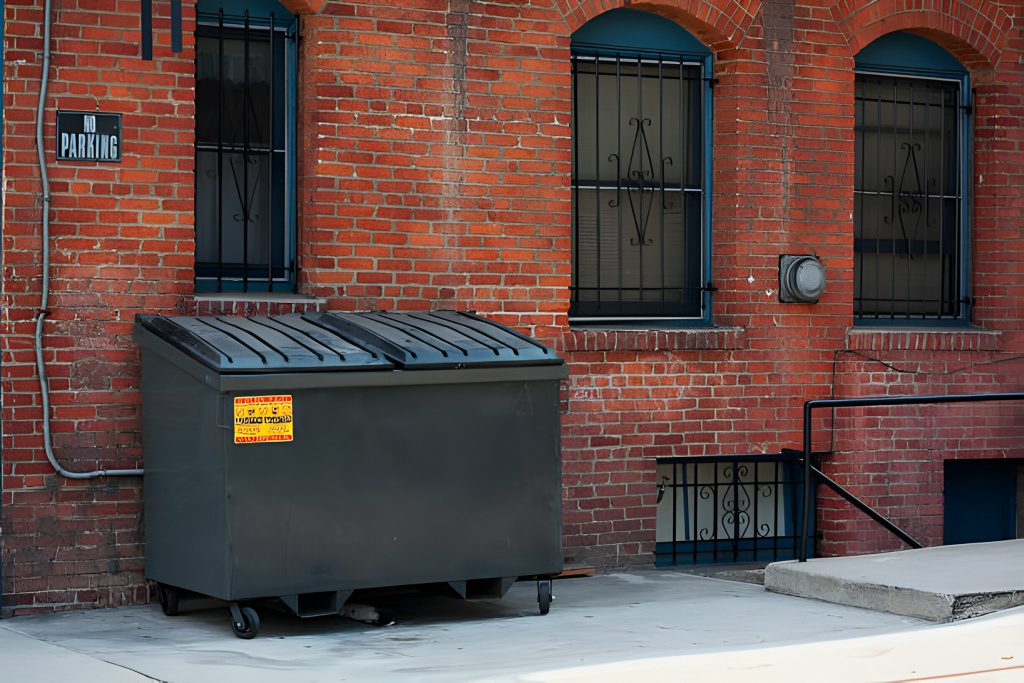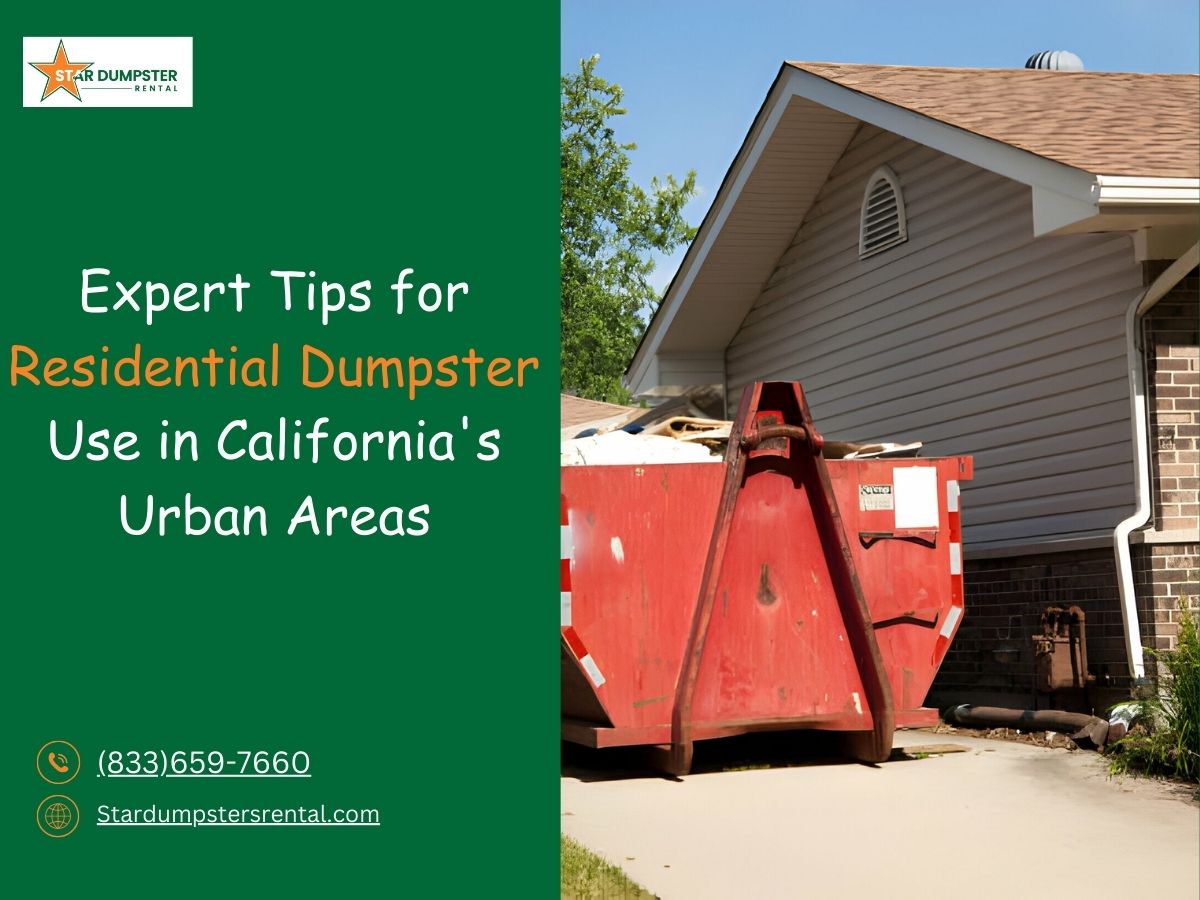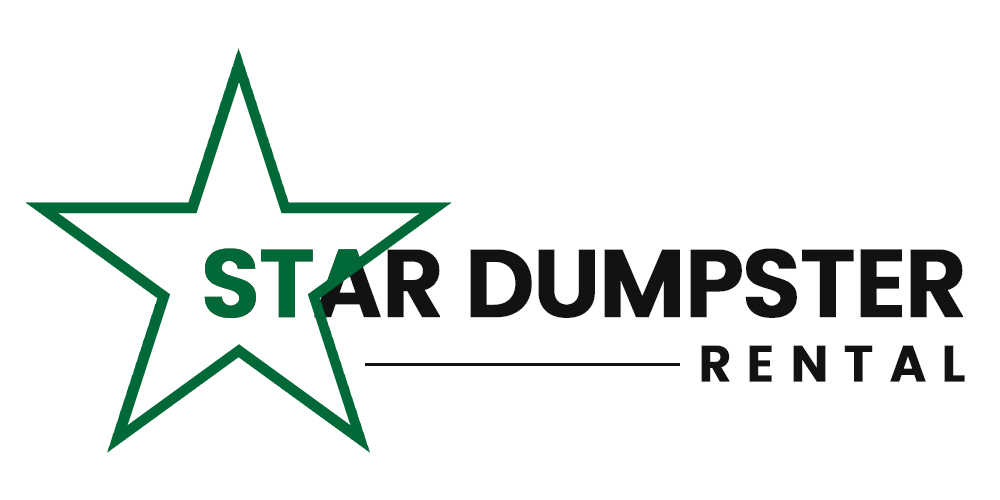Residential dumpster use plays a crucial role in waste management, particularly in California’s urban areas, where efficient disposal of household waste and debris is essential. Understanding the best practices and guidelines for using dumpsters in residential settings is environmentally responsible and helps you comply with local regulations.
This guide explores expert tips to ensure your residential dumpster use is safe, efficient, and respectful of your community and the environment.
Essential Guidelines for Residential Dumpster Use
When using residential dumpsters in California’s urban areas, there are some essential guidelines to ensure you’re using them responsibly and in compliance with local regulations. Here are some expert tips:
- Know the Regulations: Start by familiarising yourself with the specific regulations for dumpster use in your city or country. Different areas may have varying rules regarding dumpster placement, size limitations, and disposal of certain materials.
- Permit Requirements: In some urban areas, you may need a permit to place a dumpster on your property or the street. Check with your local government to see if a permit is required and how to obtain one.
- Proper Placement: Ensure that the dumpster is placed in a safe and convenient location. Avoid blocking sidewalks, driveways, or fire hydrants. It should also be placed on a stable surface to prevent it from sinking into the ground.
- Size Matters: Choose the right-sized dumpster for your needs. It’s better to have one slightly larger than you think you’ll need than to overload a smaller one. Overloaded dumpsters can be dangerous and may result in additional fees.
- Waste Separation: Be mindful of what you’re disposing of. In California, there are strict rules about recycling and waste separation. As local regulations require, separate recyclables, construction waste, green waste, and hazardous waste materials from regular trash.
- Weight Limitations: Pay attention to the limitations the dumpster rental company imposes. Exceeding weight limits can lead to additional charges. Discuss this with the rental company in advance if you’re disposing of heavy materials like concrete or construction debris.
- Prohibited Items: Most dumpsters have a list of prohibited items. Do not dispose of hazardous materials, chemicals, tires, batteries, or electronic waste in the dumpster. Find proper disposal methods for these items.
- Loading Safely: When filling the dumpster, distribute the weight evenly to prevent it from becoming top-heavy or unstable. This will help avoid accidents during the loading process.
- Schedule Pickup: Coordinate with the dumpster rental company for timely pickup. Leaving a dumpster on your property longer than necessary may violate local ordinances.
- Keep it Clean: Maintain the area around the dumpster to prevent litter and debris from spreading. Secure any loose items inside the dumpster to prevent them from blowing away.
What are the Types of Waste in Residential Areas?
In residential areas, the spectrum of waste types is diverse, with the varied activities of home life. Commonly, households generate everyday trash, such as food scraps, packaging, and miscellaneous refuse, which constitute the bulk of household debris. For instance:
- Household Debris: This includes everyday items like food scraps, packaging, paper, and general household trash.
- Yard Waste: Comprising leaves, grass clippings, branches, and other organic materials from gardening and landscaping activities.
- Recyclable Materials: Paper, cardboard, glass, plastics, and metals that can be processed and reused.
- Electronic Waste: Old or broken electronics like computers, TVs, mobile phones, and batteries require particular disposal due to their hazardous components.
- Construction and Renovation Debris: Materials from home improvement projects, including wood, drywall, tiles, and plumbing fixtures.
- Hazardous Household Waste: Items like paint, chemicals, motor oil, and pesticides need special handling and disposal to prevent environmental harm.
- Bulk Waste: Large items like furniture, appliances, and mattresses often require particular pickup or drop-off arrangements.
What Size Dumpster Do You Need for Your Project?
Choosing the right dumpster size is essential for efficient waste management. But how do you determine the appropriate size for your needs?
- Yard Dumpster and Size Considerations: A 10-yard dumpster often suffices for small residential projects. It’s ideal for yard waste or minor renovation debris. But you might need a 20-yard or even a 40-yard dumpster for larger construction projects or significant home improvement projects. Understanding the range of dumpster sizes available and assessing the volume of your waste materials is key.
- Heavy Materials and Dumpster Capacity: If you’re disposing of heavy materials like concrete or construction debris, consider the dumpster’s weight limit. A heavy debris dumpster is designed to handle such loads without exceeding weight restrictions.
- Space and Accessibility: Consider the space available at your project site for placing the dumpster. Urban areas often have space constraints, so choosing a size that fits comfortably in the available area without obstructing traffic or violating local regulations is important. Additionally, ensure that the chosen size allows for easy access during delivery and pickup.
- Local Regulations and Restrictions: Different municipalities have varying rules regarding dumpster sizes and placement, especially in urban areas. Some areas might restrict the size of dumpsters allowed on public streets or require permits for specific sizes. It’s essential to be aware of these regulations to avoid fines or complications.
- Budget and Rental Duration: Larger dumpsters typically cost more to rent than smaller ones. Consider your budget and the length of time you need the dumpster. For short-term projects, you might opt for a larger size to avoid the need for multiple hauls, whereas, for longer projects, a smaller dumpster that can be emptied and returned might be more cost-effective.

What Are the Best Practices for Loading a Dumpster?
The efficient loading of a dumpster maximises its utility and ensures safety. What are some tips for loading your dumpster correctly?
- Even Weight Distribution: Load the dumpster evenly to maintain balance and stability. Start with heavier items at the bottom and lighter materials on top.
- Avoid Overfilling: Keep waste level within the dumpster’s limits. To ensure safe and legal transport, materials should not extend above the top edge.
- Segregate Materials: If possible, segregate materials as you load, especially if disposing of recyclables or specific waste types like yard debris.
- Large Items First: Place bulky items like furniture or large appliances first, then fill gaps with smaller debris to maximise space efficiency.
- Follow Safety Guidelines: Wear appropriate safety gear like gloves and safety glasses when loading, and avoid throwing hazardous or prohibited items into the dumpster.
How Can You Ensure Safe and Legal Dumpster Use?
Safety and legality are paramount when using a dumpster in urban areas. What steps should you take to comply with regulations and ensure safety?
- Placement and Public Right-of-Way: Obtain necessary permits for placing dumpsters on public streets to comply with local regulations.
- Disposal of Hazardous Materials: Avoid disposing of hazardous items like paint cans and propane tanks in standard dumpsters; seek proper disposal methods.
- Proper Loading Techniques: Load dumpsters evenly without overloading, ensuring heavier items at the bottom for stability.
- Securing the Dumpster: Lock dumpsters when not in use and cover them to prevent unauthorised access and littering.
- Clear Signage and Visibility: Use reflective materials for visibility, especially in low-light areas.
- Regular Maintenance and Inspection: Regularly check dumpsters for damage and report any issues for timely maintenance.
- Adherence to Weight Limits: Respect the dumpster’s weight limit to ensure safe transport and avoid overloading penalties.
Summing Up!
Renting a dumpster in California’s urban areas can be straightforward and efficient when armed with the right information. By choosing the correct dumpster size, understanding disposal regulations, and optimizing the rental process, you can manage your waste effectively and responsibly.
Star Dumpsters Rental is here to assist you every step of the way, whether it’s for a small home improvement project or a large construction job. Our services are designed to make residential dumpster use hassle-free and in compliance with local regulations. We offer a range of dumpster sizes, help with permit requirements, and ensure proper waste disposal, all while prioritising environmental responsibility.


